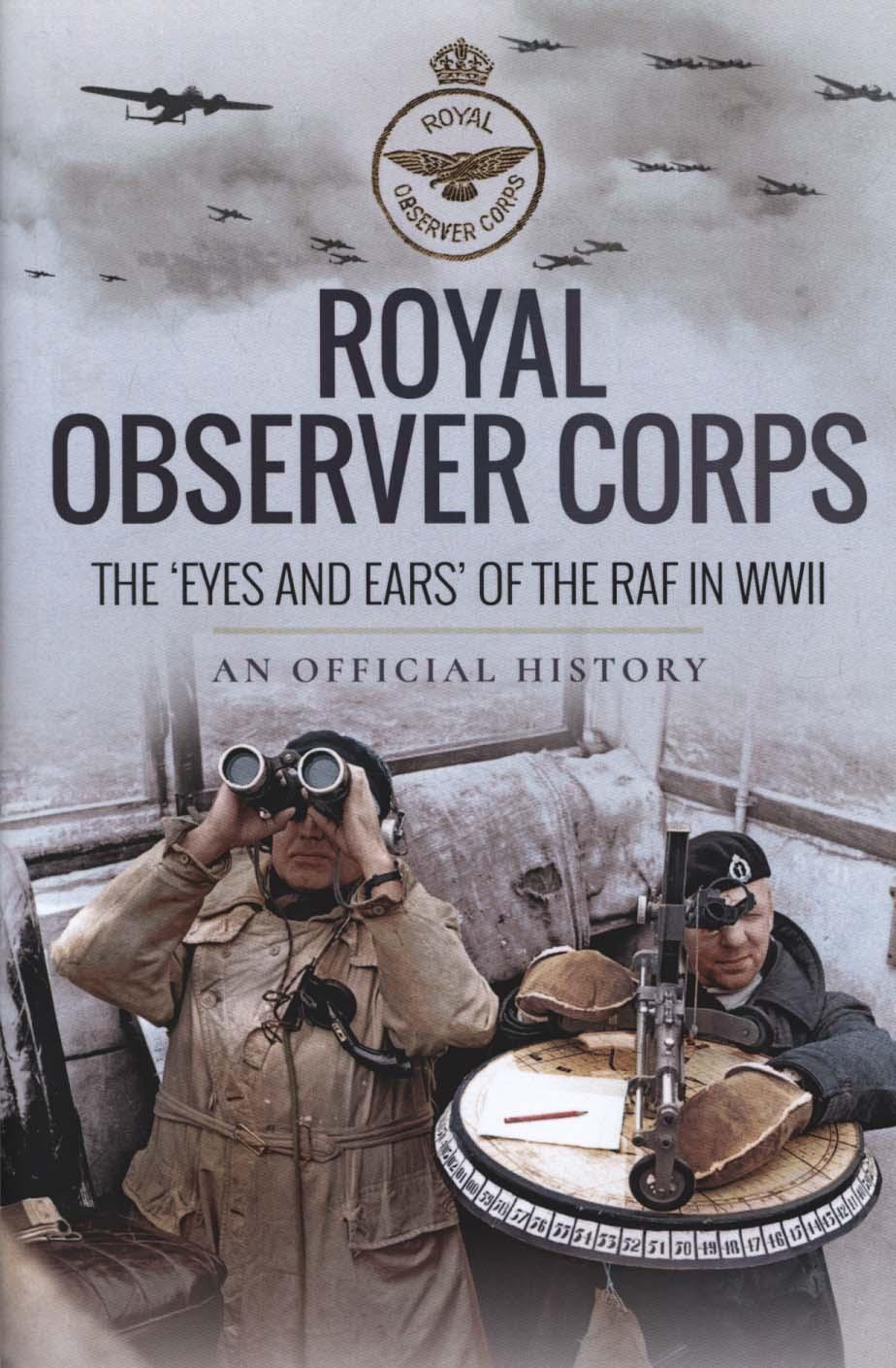Royal Observer Corps

Royal Observer Corps
Even after the threat from the Luftwaffe receded after the Battle of Britain and the Blitz, the ROC again came to the fore when the V1s opened a new reign of terror in 1944\\. Because these small, fast weapons were so hard to detect the RAF s fighter controllers moved into the ROC s operations rooms so that they could respond to the V-1 threat more rapidly. In this official history of the ROC written shortly after the war, the corps operations throughout the conflict are set out in great detail. This includes a section on the last flight of Rudolf Hess, as well as one detailing the work of those who were selected for employment as Seaborne Observers on ships during the D-Day landings, where their specialist identification skills were used to prevent the all-too prevalent instances of friendly fire . This history provides an account of the ROC which is just as important in understanding the operations of the corps as the Observers were in the defence of the United Kingdom during the Second War.
PRP: 135.86 Lei
Acesta este Pretul Recomandat de Producator. Pretul de vanzare al produsului este afisat mai jos.
122.27Lei
122.27Lei
135.86 LeiIndisponibil
Descrierea produsului
Even after the threat from the Luftwaffe receded after the Battle of Britain and the Blitz, the ROC again came to the fore when the V1s opened a new reign of terror in 1944\\. Because these small, fast weapons were so hard to detect the RAF s fighter controllers moved into the ROC s operations rooms so that they could respond to the V-1 threat more rapidly. In this official history of the ROC written shortly after the war, the corps operations throughout the conflict are set out in great detail. This includes a section on the last flight of Rudolf Hess, as well as one detailing the work of those who were selected for employment as Seaborne Observers on ships during the D-Day landings, where their specialist identification skills were used to prevent the all-too prevalent instances of friendly fire . This history provides an account of the ROC which is just as important in understanding the operations of the corps as the Observers were in the defence of the United Kingdom during the Second War.
Detaliile produsului








